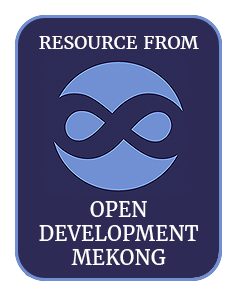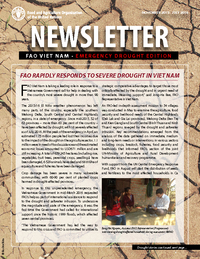The first decade of the new millennium saw a boom in rubber prices. This led to rapid and widespread land conversion to monoculture rubber plantations in continental SE Asia, where natural rubber production has increased >50% since 2000. Here, we analyze the subsequent spread of rubber…
Hydropower development in the Lower Mekong Basin is occurring at a rapid pace. With partial funding from international financial institutions has come pressure on the riparian governments to ensure that the potential environmental and social impacts of hydropower projects are properly considered…
This article focuses on two cases where companies have sought to develop more socially benign––and, they believe, more profitable and sustainable––plantation concessions in a context that is still marred by extensive land conflict. The first is the Mong Reththy Investment Cambodia Oil Palm (…
Large-scale land acquisition are not new in the Mekong region but have been encouraged and have gathered momentum since the end of the 90s, particularly Cambodia, Laos, and Myanmar. These acquisitions are realized by national and foreign companies from the region, particularly China, Vietnam,…
With a focus on the Lower Mekong countries, this study considers the intersecting issues of land access, livelihoods, management of risk and poverty for men and women smallholder farmers, the land poor and the landless, and how these issues might be addressed in policy and practice. While there…
Investment in agricultural land in the developing world has rapidly increased in the past two decades. In Cambodia, there has been a surge in economic land concessions, in which long-term leases are provided to foreign and domestic investors for economic development. More than two million…
In 1992 the Asian Development Bank coordinated a meeting between government representatives from China, Cambodia, Laos, Myanmar, Thailand and Vietnam to discuss regional economic integration. From that meeting the Greater Mekong Subregion was formed to promote peace and prosperity within the…
As BRICS-led foreign investment in agriculture has increased dramatically worldwide in recent years, China in particular, has begun to secure huge quantities of foreign land as an additional measure for securing future food and energy supplies. While an increasing amount of academic research has…
WEBSITE INTRODUCTION: This paper aims to provide keys that will help us understand contemporary land dynamics in these four countries. In order to do so it highlights their similarities and differences, both in the long history that shaped today’s local land situations and in more recent reforms…
A brief summary of the emergency drought situation with news from FAOVN field office.
Research indicates that key parameters of “land grabbing” differ across regions (e.g., ILC 2012) – particularly in view of who invests and/or when the bulk of investments occurred. At the same time, my review of the “land grab” literature since 2008 reveals that hardly any comparative…






